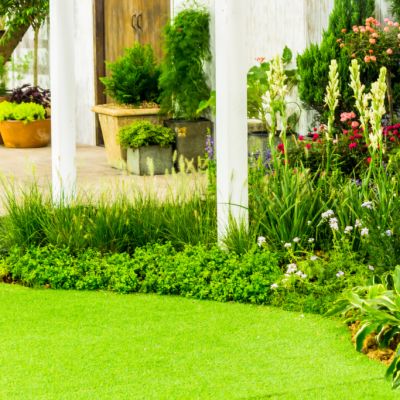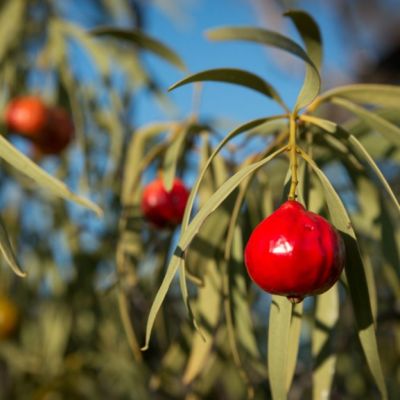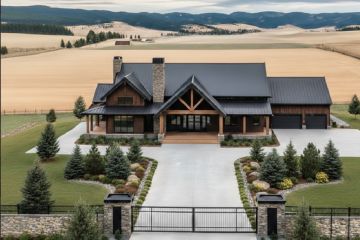The most common mistake home owners make with their lawns
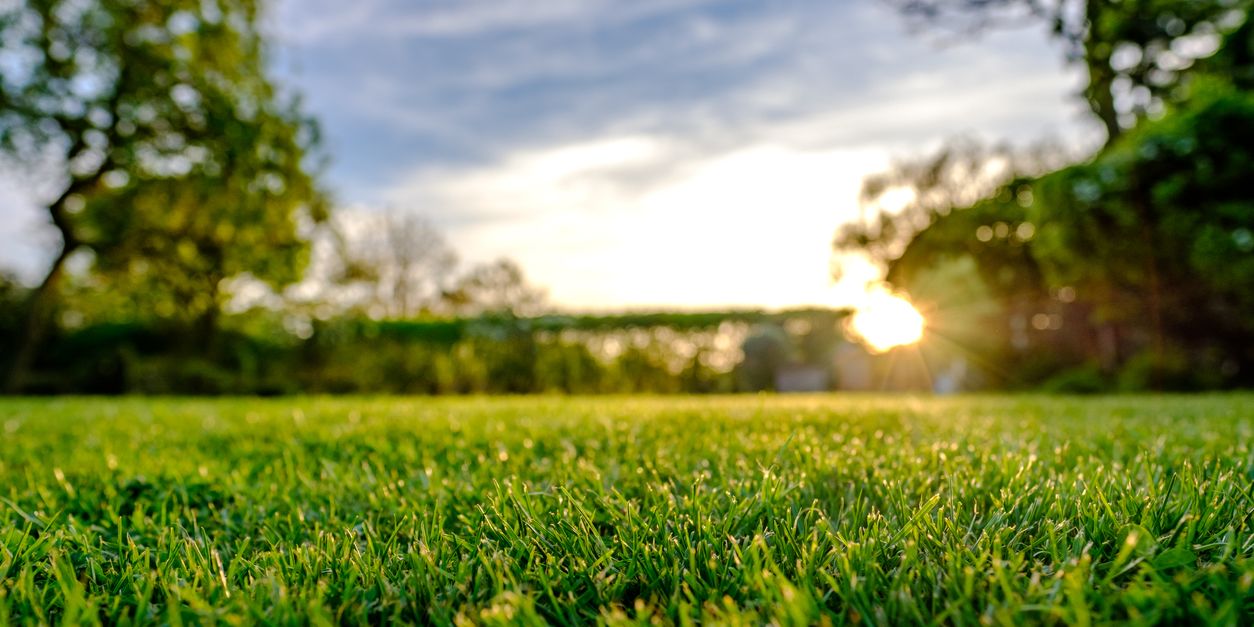
You don’t need to give up your day job to have a nice lawn but, with a few tips and regular maintenance, a nice lawn can be achieved by anyone.
One of the most common gardening mistakes people make is watering the grass in the early morning or late afternoon, which slows evaporation. Matthew Parker from Windsor Turf recommends watering the grass in the middle of the day, contrary to popular belief.
“Grass is like us, it gets hot when you have 40-degree heat, so it’s a good idea to cool it down,” he says. The common belief that this will burn the grass is not true. “We’ve got acres and acres of turf and in the heat, we run our irrigators all day.”
When the grass appears dull and a grey-blue colour, it needs watering. Also, the leaves will start to fold, rather than standing upright.
Over-watering the grass is another problem as it will lead to mould and fungal diseases, so it’s important you get to know your lawn.
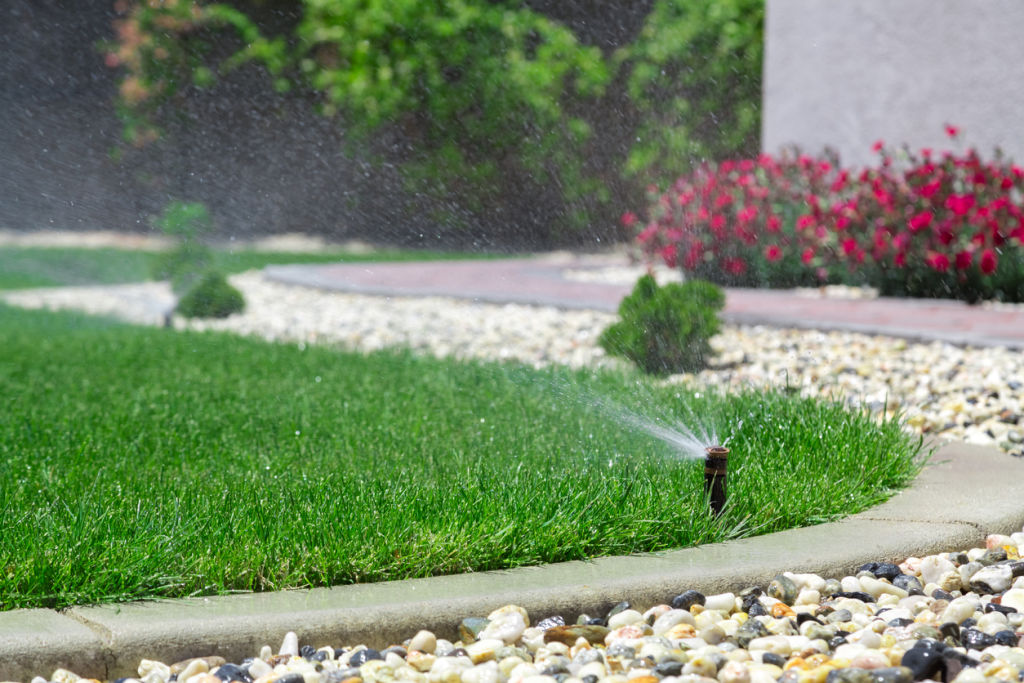
To keep your lawn looking great all year round, it’s important to know what your grass needs with each coming season.
Spring is a great time to aerate your soil. This can be done with a garden fork, slip-on shoes with spikes or a push roller. The soil is punctured through the grass to a depth of about five millimetres to allow it to “breathe”. This allows water and fertiliser to reach the roots.
During spring and summer, a lawn should be mowed once a week.
Mowing forces the grass to grow out, rather than up. This makes the grass appear thicker and have a nice green consistent coverage.
In winter, the growth slows down and becomes dormant. It appears browner, so it needs to be mowed only twice for cosmetic reasons, otherwise it is not necessary.
“It’s good to give the grass fertiliser in autumn, so it’s nice and healthy coming into winter,” says Parker. “Fertiliser won’t stop the grass from going brown, but it will keep it in good health.”
Ideally the lawn should also be fertilised in spring to encourage growth and colour. When buying a weed-and-feed fertiliser, be careful that it is for your variety of grass, otherwise it could kill the lawn.
Nature can also be the enemy of your lawn.
Weed seeds can be dropped by birds and blown by wind. Bindii and dandelion are examples of common weeds that can be removed by hand or with Weed and Feed. It is best to spray weeds in spring, too.
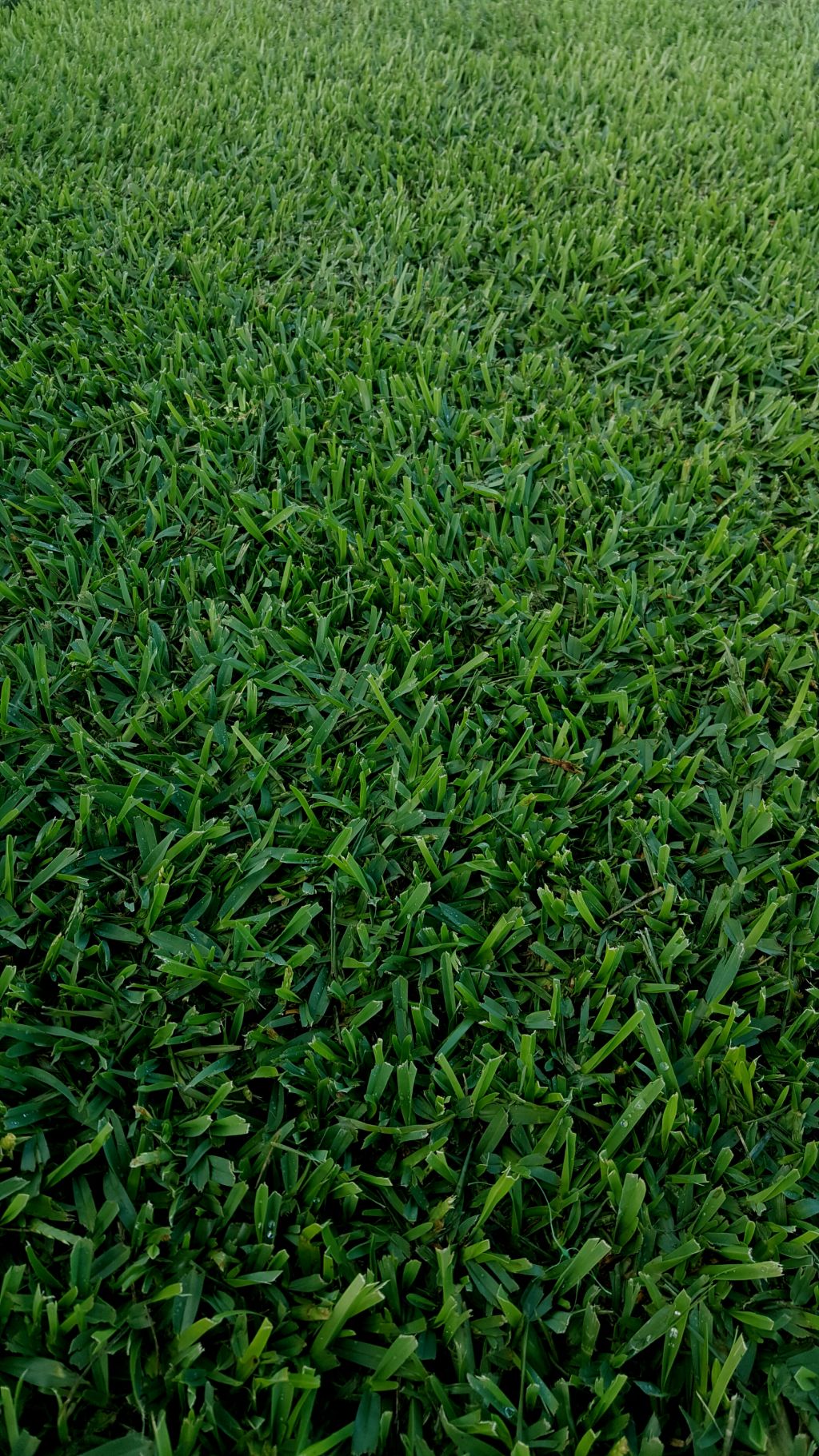
Other than weeds, grubs can destroy a lawn very quickly. A brown patch is a sign of grubs, as they crawl out of the ground at night and eat the leaf stalk. The whole lawn should be sprayed immediately with pesticide at the first sign of any grub, and again after a week to kill any eggs.
Large lawns with a lot of sunlight and a household with a large family would suit Couch grass. It requires a lot of sun and can handle wear and tear. Sporting fields have this type of grass.
Smaller yards suit Buffalo grass, such as Prestige Buffalo. Ann McKeon from Turfbreed recommends this variety for cooler climates and smaller yards as it can stay green in these climates for longer.
“It will grow anywhere but will hold its colour longer in cold [climates], especially in places like Melbourne or Canberra,” she says.
Houses with smaller yards tend to also have shady areas that the Prestige Buffalo can handle, as it can grow with as little as two hours of sunlight a day.
We recommend
We thought you might like
States
Capital Cities
Capital Cities - Rentals
Popular Areas
Allhomes
More
